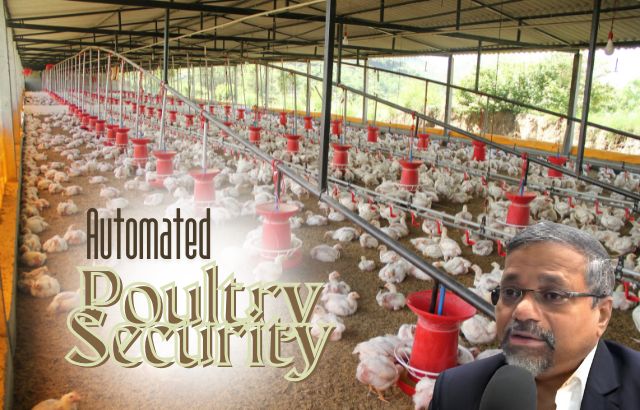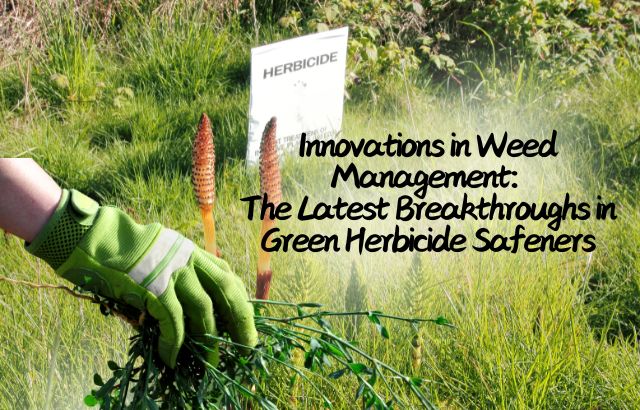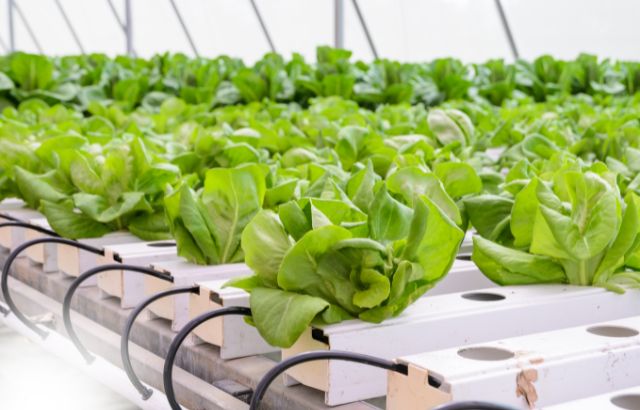Poultry farming is undergoing a significant transformation, thanks to the integration of automated systems that are enhancing the security of farms. From preventing theft to ensuring the welfare of the animals, these innovations are changing how farms operate. This blog explores how automated systems are improving poultry farm security and the vital role of green innovators like Jaiguru Kadam in bringing sustainability to the industry.
Examples of Automated Systems Enhancing Poultry Farm Security
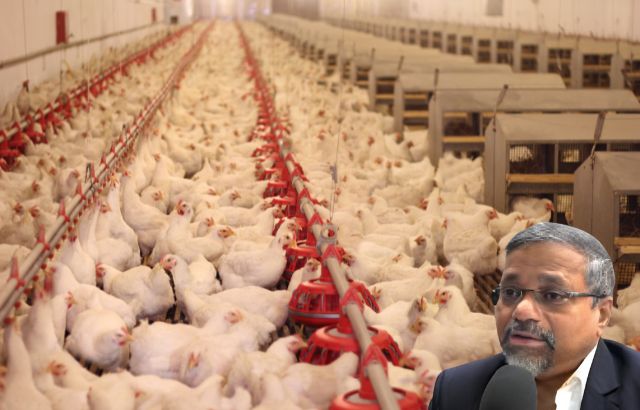
Automated systems are playing an essential role in the security of poultry farms. Here are a few examples:
- Smart Surveillance Cameras: Equipped with motion sensors and real-time alert systems, these cameras help monitor the farm around the clock, detecting any unauthorized movement and sending alerts to farm operators.
- Automated Access Control: Automated gates and locks that only allow authorized personnel to enter the farm premises. This reduces the risk of theft or trespassing.
- Environmental Monitoring Systems: These systems ensure optimal conditions for the poultry by regulating temperature, humidity, and lighting. They also alert farm operators to any deviations that could harm the flock.
- AI-Driven Intruder Detection: Artificial intelligence can analyze video footage in real-time, recognizing and flagging suspicious activities such as unauthorized vehicles or people approaching the farm.
Role of Green Innovators in Poultry Farm Security
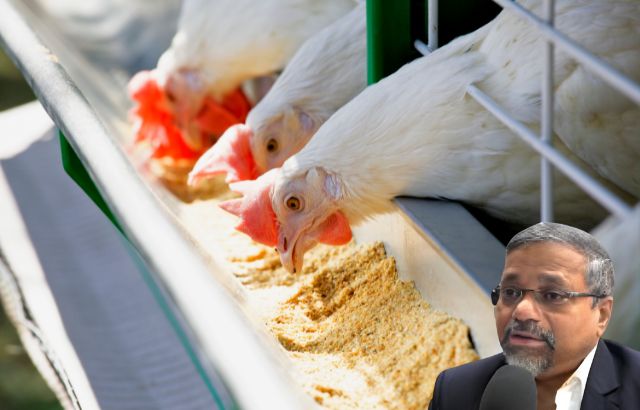
Green innovators like Jaiguru Kadam are playing an instrumental role in integrating sustainability with technology on poultry farms. Kadam’s efforts have focused on developing automated systems that are not only efficient but also environmentally friendly. For example:
- Energy-Efficient Systems: Kadam’s automated systems reduce energy consumption by utilizing renewable energy sources like solar and wind power, minimizing the farm’s carbon footprint.
- Water Conservation: Automated water management systems have been implemented to monitor and control water usage, ensuring that poultry farms use water efficiently, a vital resource in agriculture.
- Waste Management: Using automated systems to manage waste, such as manure, helps reduce pollution and convert waste into valuable resources like organic fertilizers.
Exciting findings on Automated Poultry Farm Security
Here are some statistics that highlight the impact of automated systems on poultry farm security:
- 70% of poultry farms worldwide have adopted some form of automation in their operations.
- 50% of farm thefts are now prevented due to automated surveillance and access control systems.
- 40% reduction in energy consumption has been achieved through automated lighting and temperature control systems.
- 30% increase in egg production efficiency has been seen with the introduction of environmental monitoring systems.
FAQs on Automated Poultry Farm Security

1. What are automated security systems in poultry farms?
Automated security systems in poultry farms include smart surveillance cameras, automated access control, environmental monitoring, and AI-driven intruder detection systems that help protect the farm from theft and ensure the well-being of the animals.
2. How do automated systems help with energy efficiency in poultry farms?
Automated systems, such as energy-efficient lighting and heating systems, reduce the overall energy consumption on the farm. Renewable energy sources like solar and wind power are integrated to make the farm more sustainable and environmentally friendly.
3. Can automated systems prevent theft on poultry farms?
Yes, automated surveillance cameras with motion detection, along with automated access control systems, significantly reduce the risk of theft by monitoring farm premises and only allowing authorized personnel access.
4. Who is Jaiguru Kadam, and how is he contributing to poultry farm security?
Jaiguru Kadam is an agriculture green innovator who focuses on developing automated systems that enhance poultry farm security while promoting sustainability. His work includes energy-efficient systems, water conservation technologies, and waste management solutions for poultry farms.
Calculations by Agriculture Green Innovator Jaiguru Kadam
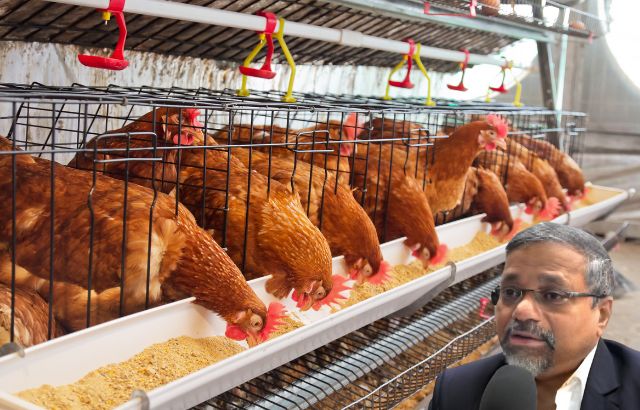
Jaiguru Kadam, a green innovator, has shared the following calculation to illustrate how automated systems can reduce energy costs on poultry farms:
Scenario: A poultry farm uses 10,000 kWh of electricity per month for lighting and temperature control.
Cost without automation: The average cost of electricity is $0.12 per kWh.
Monthly cost: 10,000 kWh * $0.12 = $1,200 per month.
With automated systems: Energy-efficient automated systems can reduce energy consumption by 40%. This results in a savings of 4,000 kWh per month.
Monthly savings: 4,000 kWh * $0.12 = $480 per month.
Annual savings: $480 * 12 = $5,760 per year in energy costs.
Conclusion
Automated systems are revolutionizing the poultry farming industry by improving security, enhancing operational efficiency, and contributing to sustainability. Innovators like Jaiguru Kadam are leading the way in making farms more secure and environmentally friendly. With the increasing adoption of these systems, the future of poultry farming looks both secure and sustainable.

